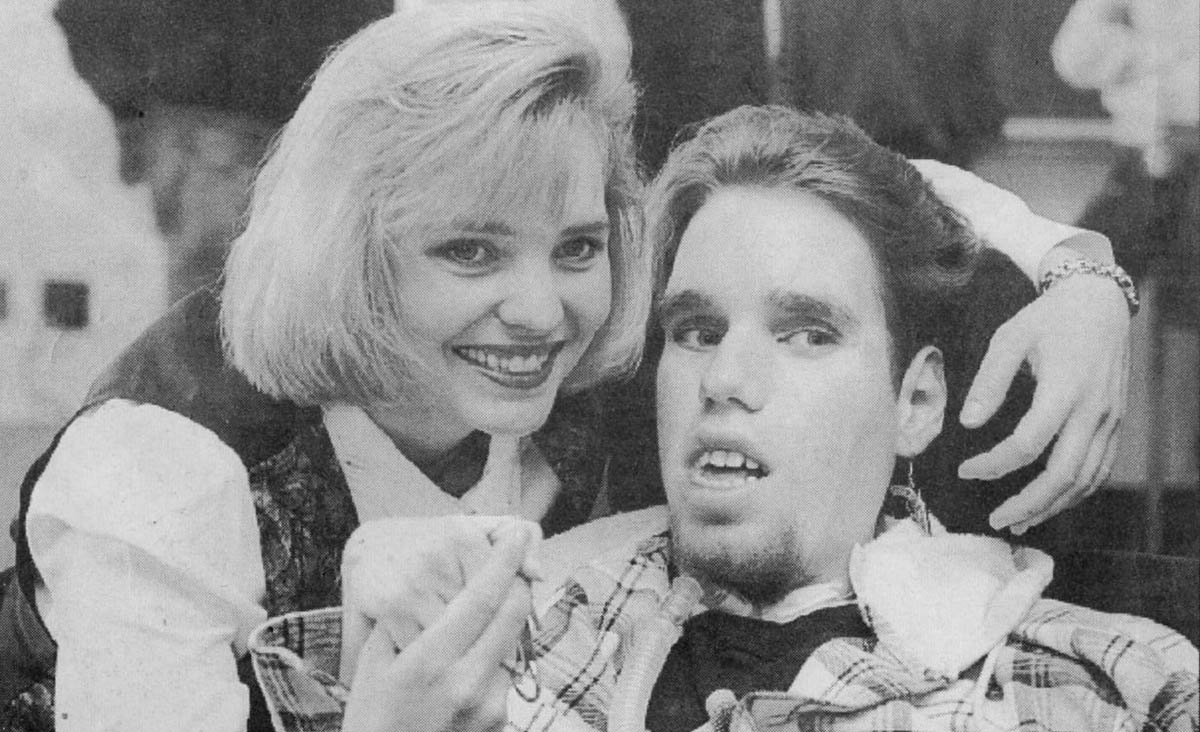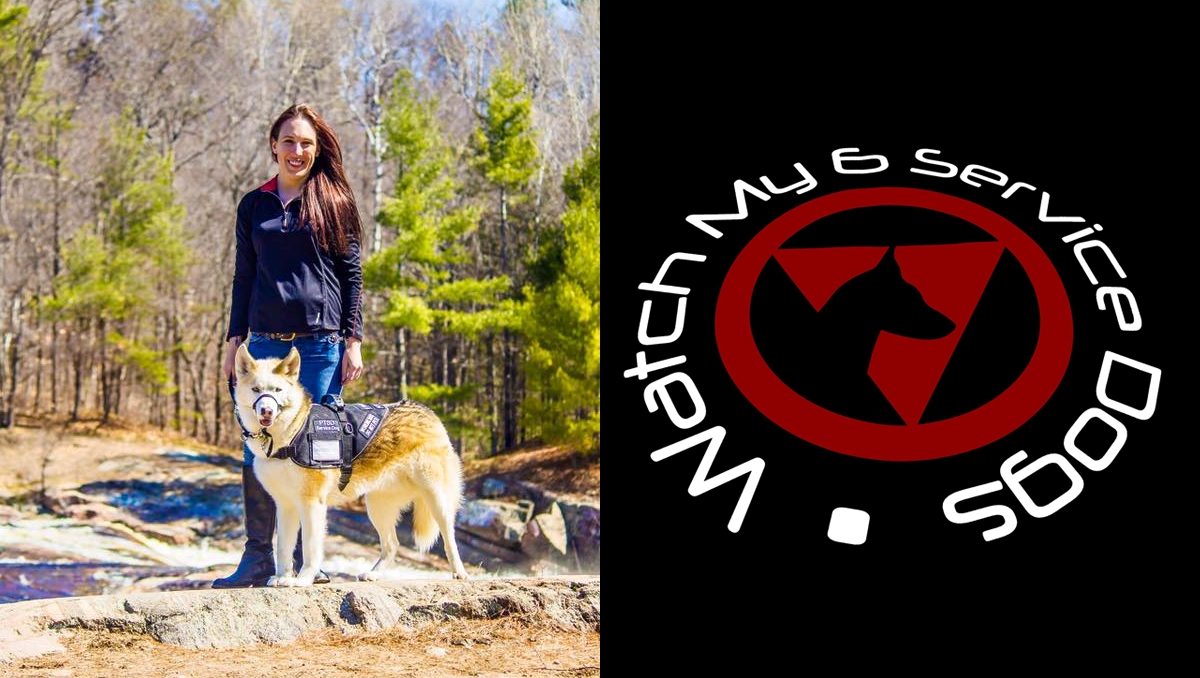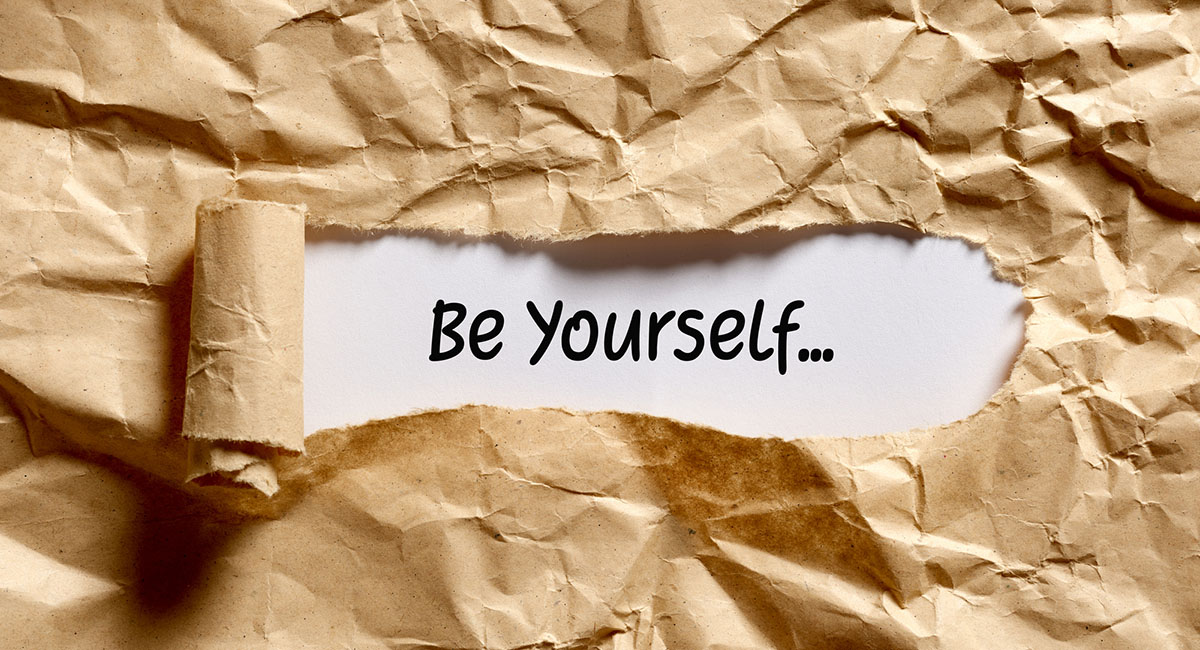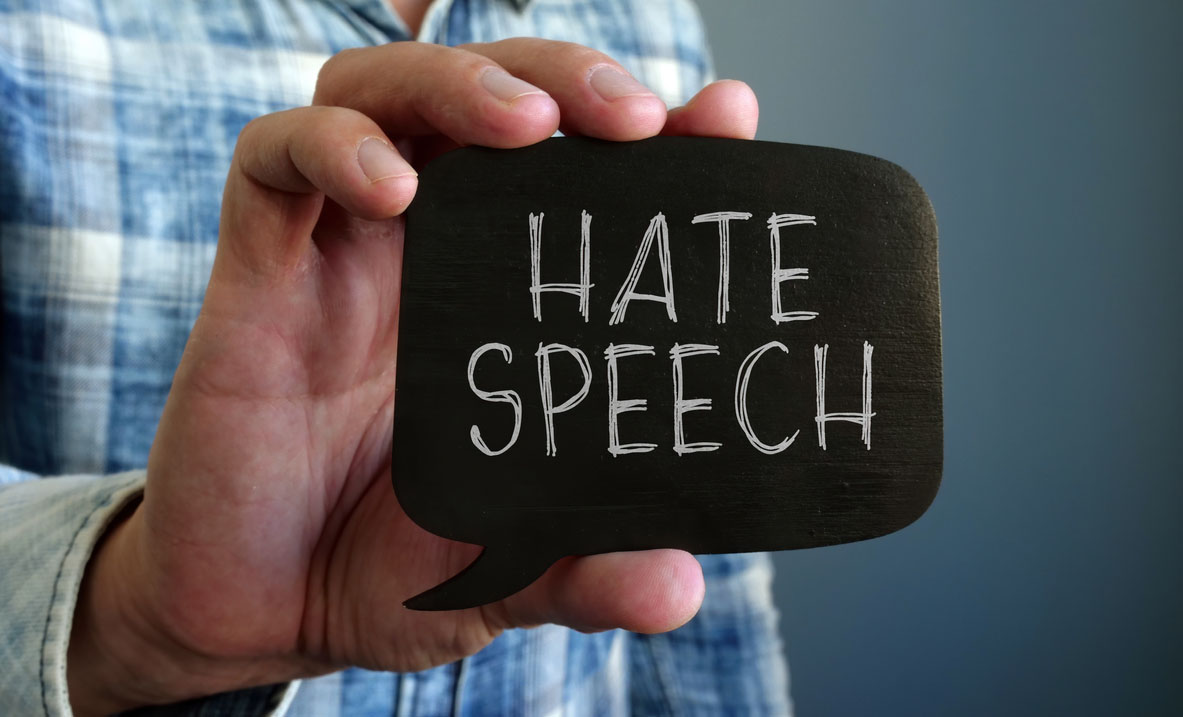
28 years later: A look back at how I changed the system
ABOVE: Ryan Lythall holds the keys to his new apartment with CHEO nurse Lisa Rouleau. (Photo: Ottawa Sun, March 17, 1994)
. . . but the fight continues.
On March 16th, 2022, I celebrated my 28th anniversary of living independently. It wouldn’t be a big deal for most, but for me, well, I’m not like most people.
I’ll share a bit of my origins story for those of you who are new here or aren't fully aware.
In 1975, I was born with a rare neuromuscular condition called Nemaline Myopathy. Nemaline Myopathy (NM) affects people differently. Some can walk and breathe on their own, while others like myself aren’t able to.
I was diagnosed at a very young age. When I was six months old, my lungs suddenly stopped working. My mother rushed me to the ER at the Children's Hospital Of Eastern Ontario. Upon my arrival, I was quickly intubated, and to this day, I use a portable ventilator to help me breathe.
Back in the seventies, very little was known about NM. While more has been discovered in recent years, NM still largely remains a mystery. Due to the lack of information at the time and doctors being doctors, my parents were given devastating news.
The doctor told my parents that I’d survive a year.
At the time, I was in no condition to return home, and my parents couldn’t look after my medical needs. Also, back then, accessible housing didn’t exist or didn’t meet my needs.
The best place for me to be at the time was in a hospital.
Over the following years, I became strong and healthy enough to go to school and go on regular outings. All things considered, my life was pretty normal, at least as close as possible.
In 1992, at the age of 17, CHEO approached my mom and me about future arrangements. Even at the age of 17, I was getting closer to aging out of the system, so a decision had to be made.
CHEO gave me two options:
- To live in a group home.
- To live in a long-term care hospital.
As you can probably imagine, neither option appealed to me, so I chose a third option. I wanted to live in my own place.
For that to happen, I needed to find an agency that could provide enough caregivers for round-the-clock care. Of course, funding and finding a place were also top of my list.
From 1992 and the following two years, my mom and I wrote and often hand-delivered letters to various politicians detailing why it made sense to live in my own place instead of a group home or another hospital.
In the end, it all came down to money.
My mom proved that it’d be cheaper for me to live on my own with 24/7 care than in a hospital or group home.
I don’t remember the exact date I received the news that my request was approved, but I’ll never forget the day I left CHEO.
On March 16th, 1994, CHEO held a party for me. At the party were past and (then) current staff, my mom, a few of my friends, and various media outlets.
At the time, I was the first person in Canada on a ventilator to live on their own.
The past 28 years have been incredible. However, it hasn’t been all great.
On several occasions throughout the 28 years, I have faced the possibility of going to the hospital. Not because I’m sick, but due to a shortage of caregivers.
A typical day for me consists of three caregivers over 24 hours. Each caregiver is here for eight hours at a time. As of right now, three different agencies are providing the staff.
Over the past few years, funding to these agencies has been slashed. Also, when the pandemic first started, the need for healthcare workers increased, which resulted in fewer staff being available.
If none of my (currently) six caregivers are available to work, my only option is to go to the hospital for at least eight hours.
Knowing that it’s an everyday possibility is the main reason for my anxiety. Fortunately, it hasn’t reached that point.
I do my best not to let it get to me, but it can be difficult.
Deciding to move into my own apartment was extremely risky and still is after 28 years. Honestly, though, I wouldn’t change a thing.
I think about all of the friends I’ve made. All of the people, both personal and professional, who came into my life, or still are.
There are also experiences, both good and bad. Each one had a hand shaping me into the person I am today—a person who changed the system and is truly grateful for a life that I had to fight for, one that I shall continue to fight for until my last mechanical breath.









